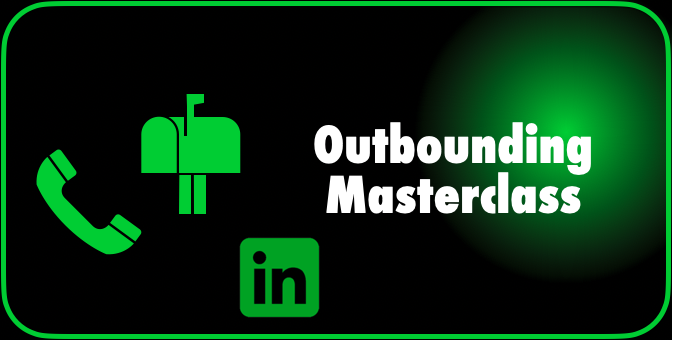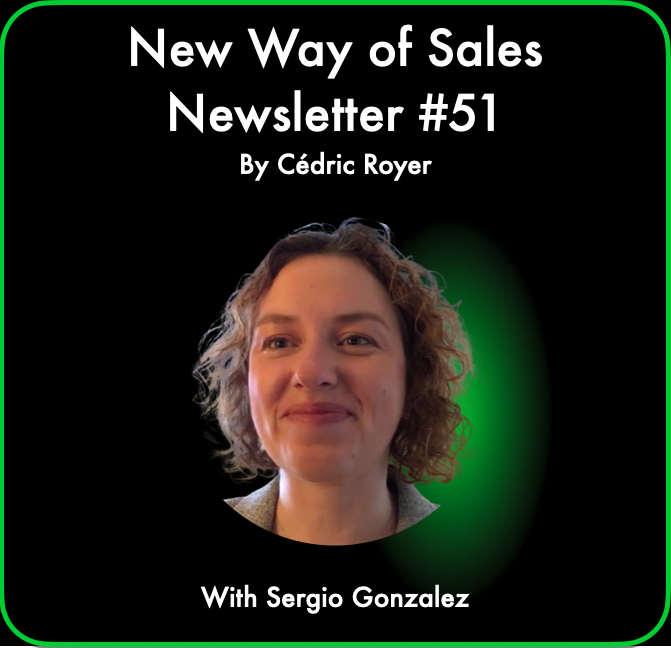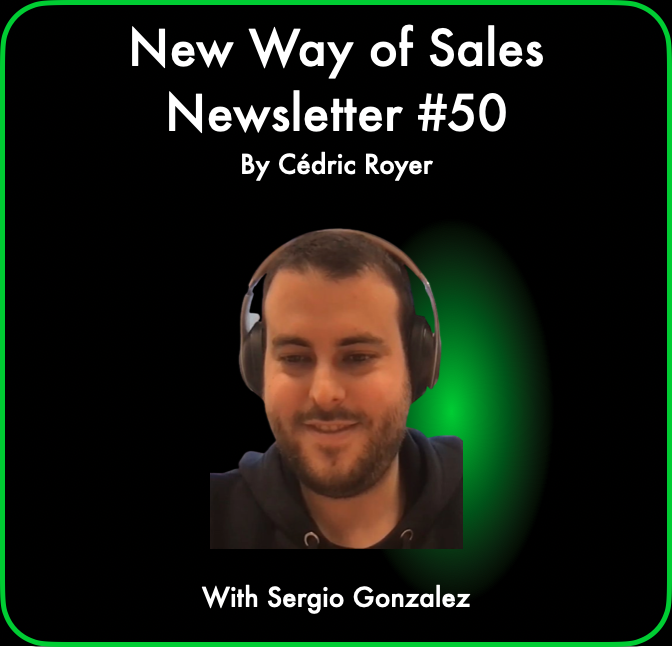How to create the right outbound motion for you in 2024, and why is it so important?
Why is it important? Before we start:
There is a lot of irrelevant information out there around outbounding that good trusting people are following and have zero results with.
As always, the context of who the information supplies is crucial:
→ vendors of mail automation apps pushing you to buy their licences so you can automate your outbound efforts (one of those same apps confirmed off line to one of my friends, you should count on a 1 in 1000 conversion rate, which means you can only go for quantity to get some results -thank god they have a tool that can help you with this – irony)
→ consultants and leadgen offices claiming they can automate your leadgen, promising you 20 leads per month (just putting the following number out here: a fully ramped up mid market SaaS rep will barely be able to hit 5 qualified meetings per week. Why would an untrained leadgen agency be able to do what a fully trained sales rep would not be able to do?)
→ US sales gurus. US culture is very direct, and very sales driven. Europe is far more indirect (even more direct cultures like the Dutch or Germans) and many tricks that work in the US don’t work here.
I definitely don’t have the right answer yet, at the same time, I love talking to people that got answers for us.
And one of the best outbounding specialists is Estefa Calvo (you can see the episode here).
By the way, another episode around outbounding on LinkedIn is the one with Thibaut Souyris (here).
During the conversation with Estefa, some topics became very clear:
Quality Leads vs. Quantity
For me, this is the trend, or do I call it the anti-trend for 2024 against AI in sales outbounding.
Quality trumps quantity.
While AI will make us more efficient, first we need to nail the basics before we can scale.
Don’t forget, if we scale errors, we will amplify those errors.
Within quality we talk about – and I am briefly repeating what we spoke about during the 5 pillars to nail your revenue strategy:
- understanding your ICPs
- understanding key behaviours of our ICPs
- understanding trigger events and intent behaviours
- nail your use cases
Creating Content and Attraction
Another topic is content, but going even beyond that.
Your personal brand on LinkedIn is a powerful tool.
There are many people that are playing a role.
You see they are not real, but hash out grey goo (what Seth Godin so aptly calls) sounding like the hundreds of others to hit the likes, the followers, …
Being authentic and visible will help you to attract, and engage prospects.
In addition, being visible and helpful on LinkedIn builds trust and credibility in your network.
This will help you attracting the type of clients you want.
In other words: before you start, be very clear the type of clients you want to attract, and then create content for them, in your own genuine way.
It’s a long term game
Via LinkedIn, your goal should be to appeal to the human side and engage in a conversation, rather than starting to sell.
And this for multiple reasons:
- people are being pitchslapped every day.
- only 3 – 5% of people are right now looking for a solution you might have, and this means you will need to be appealing to the people that are not ready to buy, perhaps simply because they don’t know they have a problem.
- if they don’t know you, they don’t trust you.
Parallel Sequencing for Stakeholders
You will most likely have multiple contacts within 1 prospect, and this requires a parallel approach.
When you start with your sequencing, go high, but not too high, and aim for introductions to the higher ups.
Have another sequence ready when plan A doesn’t work out, and adjust your messaging to the different layers you go after.
Integration of Cold Calling
I think this is the trump card.
There are people that prefer starving than picking up the phone and call prospects.
People that integrate the above tips and add phone calls in their sequences will win big this year.
Imagine this:
- Very few people are responding to mails
- There is LinkedIn fatigue with people that are overwhelmed with pitchslaps
- Gmail has implemented stronger restrictions on ‘spammy mails’
- The chance you meet your prospects ‘cold’ in an event are slim (though you can setup meetings at events once you are in contact with them)
- The phone is underused (though on that side you also have growing pressure of the multi dialers)
In other words, you can only be successful with a multi channel approach, and phone is one of them!
TL;DR
- Go for Quality over Quantity (at least until you nail it and only then scale)
- Have an authentic content strategy
- Have a long term strategy
- Be multilayered in your outreach
- The phone
Anything else you would add?
How does your sequence look like?
If you liked this episode, share it with someone you know will benefit from it.



